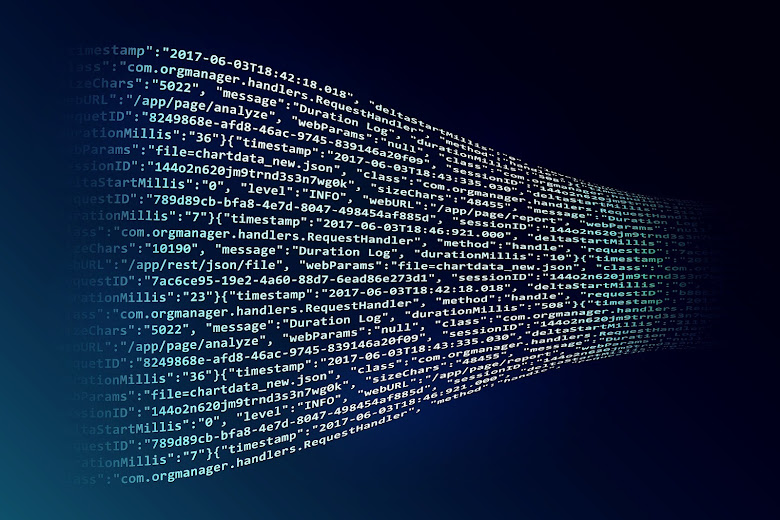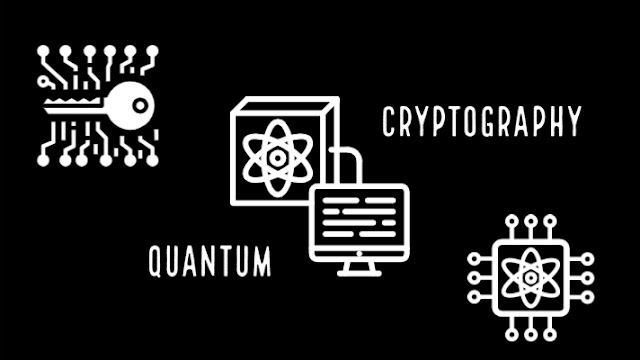Quantum Cryptography
We have all heard the word Quantum and Cryptography separately. But how about combining both called Quantum Cryptography. Interesting right? Let’s move on…
Quantum Cryptography is the study of exploiting the properties of quantum mechanics to perform cryptographic works. It’s also called quantum encryption. It encrypts the messages in such a way that it never read by anyone outside the desired recipient. To perform these cryptographic tasks we require a quantum computer to encrypt and decrypt the data. It holds the promise of a secure connection for key distribution. With Quantum technology, we may able to build unbreakable encryption systems.
Most of the encryption systems rely on keys. Current encryption bundles are mostly assembled by either symmetric or asymmetric keys. Both of these keys would be vulnerable to hackers using quantum computers. Symmetric keys depend on a common mystery key, and breaking the key requires about twofold the figuring work for each extra piece. With that sort of scaling, it’s been conceivable to continue utilizing bigger keys as PCs get all the more remarkable. In any case, by actualizing Grover’s calculation, quantum computers can basically slice the key length down the middle — an almost incomprehensible decrease in the measure of time required to break a key. Fortunately, now that we’re mindful of the test, multiplying the key lengths being used ought to be a brilliant safeguard.
Asymmetric keys (like Public Key Infrastructure — PKI) utilize open/private key matches that are numerically produced. On account of the generally utilized RSA group of calculations, the math is genuinely mind-boggling. Be that as it may, it’s conceivable to split in the event that you can factor an enormous number into its two prime number components. In the event that a key with enough bits is utilized, this is an unmanageable issue for customary PCs, however, quantum PCs can utilize something many refer to as Shor’s calculation to discover the elements significantly more rapidly. An unpleasant gauge of the figuring power required is two qubits per bit length of the key. So a 1,024-piece key would require a quantum PC with 2,048 bits. Specialists anticipate those to be conceivable within 10 years, and some think sooner. Note that today 1,024-piece keys are as of now considered possibly perilous, as they can be broken given enough time on a huge PC, yet once a quantum PC can deal with the undertaking it will require some investment.
Much like the circumstance with the product movement required by Y2K, there are other encryption methods that aren’t effectively split with quantum PCs. Instances of (non-quantum) encryption frameworks impervious to quantum assaults incorporate McEliece and NTRUEncrypt. That implies the issue is moving the huge number of frameworks and information as of now set up to more up to date ones. Additionally, similar to Y2K, it is not yet clear how genuine, and how across the board, the danger will be, as adequately enormous quantum PCs will be costly when they are at last accessible. That implies they’re probably not going to get utilized for attempting to hack data except if it’s viewed as very important. To run the entirety of Shor’s calculation, a quantum PC additionally should be matched with an amazing traditional PC, which will drive the expense of a key making framework to laugh out loud considerably further.
Secure Communications Using Quantum Key Distribution
At the point when you hear the term quantum cryptography, usually what is being alluded to is Quantum Key Distribution (QKD). QKD doesn’t really encode client information yet makes it workable for clients to safely appropriate keys to one another, which would then be able to be utilized for resulting scrambled correspondence. Whatever encryption framework is utilized, there is quite often some sort of private data that must be left well enough alone.
For symmetric key frameworks, it is shared data as a key, while in uneven frameworks every hub has its own mystery key while sharing a coordinating open key. In the two cases, there are weaknesses while instating correspondence. Symmetric key frameworks frequently depend on the physical sharing of keys - some monetary foundations utilize real messengers with convenient capacity gadgets - to bootstrap. Or on the other hand, they may depend on an association tied down utilizing a deviated framework to share the encryption key required for resulting use. One purpose behind that is topsy-turvy frameworks like Public Key don’t require sending the mystery (for this situation private keys) over the channel, while symmetric frameworks are more effective, and frequently safer, for enormous volumes of information once keys have been traded.
While QKD isn’t in far-reaching use, it has been in business use in Europe since 2007, and in the US since 2010. For high-esteem exchanges like bank correspondence and political race result transmission, the advantages of QKD are in some cases worth the expense. Another hindrance to the more extensive reception of QKD is that current frameworks aren’t interoperable between various sellers. Luckily, that is beginning to change. In an exploration exertion guided at discovering approaches to make sure about the force network, groups at Oak Ridge and Los Alamos National Laboratories have shown the main fruitful utilization of QKD between various usage. The University of Bristol has additionally recently distributed exploration on planning something comparative to help secure multi-merchant 5G remote systems.
Well, it’s quite a different topic right.? Not easy to understand as classical mechanics. The Quantum world is really hard and unstable, right? With this let us do another post called ‘Quantum Radar’.

